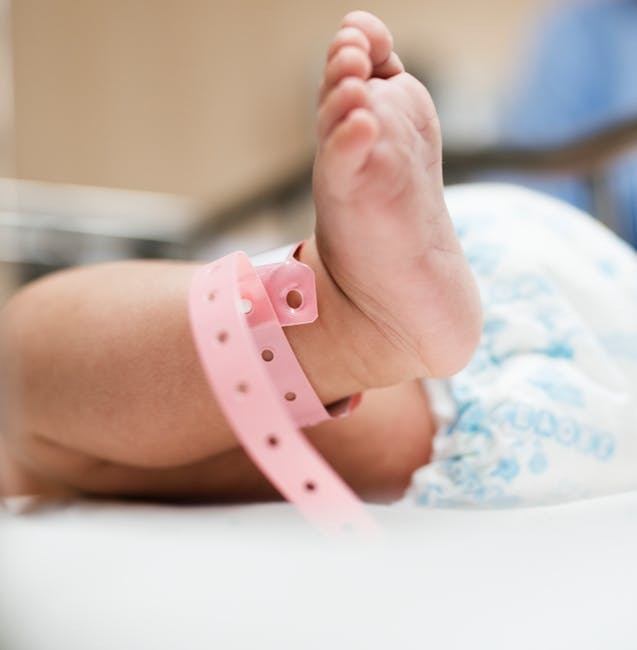Those who have diabetes probably know about CGM, i.e., continuous glucose monitor. This CGM is actually implanted in the skin it might stay there for seven days. As people probably know we poke many babies in order to test their blood sugar levels.
Some of the babies don’t have too much blood, therefore checking their blood sugar more times during the day might actually drain their blood, necessary for any other function.
Well, the CGM needs calibration 2 times on a daily basis with the help of a capillary sample in order to verify the reading. However, all in all, this particular device saves a couple of pokes on a daily basis, for instance, those who do it 4 times on a daily basis.
Read on to find out more about continuous glucose monitoring in newborn babies.
Can Continuous Glucose Monitoring in Newborn Babies Be Useful?
As a matter of fact, this type of device might be useful in the NICU. NICU actually means neonatal intensive care unit, which is an intensive care unit that specializes in the care of ill newborn infants or premature newborn infants.
Here those babies who have hypoglycemia might be checked six or more times on a daily basis in case they are hyperglycemic or hypoglycemic.
Lowering this number of checking can indeed be beneficial, regardless whether for reduction of the painful procedures or reduce the loss of blood.
Does This Device Work for Small Babies?
There was one study on this topic. The testing was done in 43 babies, from which 22 with CGM and 21 with the traditional sugar checks.
They could demonstrate a reduction in the duration of the hypoglycemia episodes for one patient. Furthermore, in the first 3 days, researchers discovered a reduction in the number of pokes for one patient of 5 pokes that is from 22 to 16.
Results of This Study
The duration of this study is short, and the number is small. So this study doesn’t provide the answer to whether this device would work in babies from 500 to 750 g.
However, for older babies, it might allow having a quicker response to low sugars and reduction in time with low blood sugar.
Another Study on This Topic
There was another study done on this topic. The study had 50 babies from 28 to 31 weeks. However, the difference was that the babies were followed for seven days, while in the first study the babies were followed for 3 days.
Here the researchers had an algorithm for adjustments in sugar infusion which needs staff to add data into a spreadsheet and after the predictive algorithm dictated to decrease or increase the dextrose infusion.
The results with the device were unblinded, and the researchers relied on the rate of change in order to regulate the predicted sugar fifteen minutes into the future.
While on the other hand, in the blinded group this device was used, but the results weren’t available. Therefore the changes were done according to the practice of obtaining a point of care results and adjusting sugar infusion rates according to that particular result.
The first outcome of interest was the time in the euglycemic range from 72 to 144 mg or dL that is from 4 to 8 mmol or L.
The second outcome was the time spent hyperglycemic or hypoglycemic that is:
- Mild hypoglycemia – from 47 to 72 mg or dL
- Severe hypoglycemia <47 mg or dL
- Mild hyperglycemia – from 145 to 180 mg or dL
- Severe hyperglycemia – >180 mg or dL
In total, the study lasted 7 days which allowed the use of 1 subcutaneous probe for one patient as such probe can last 7 days after insertion. If we compare the 2 approaches, having a predictive model showed to be superior.
Some Questions Remain
Can the idea of using CGM for babies really work? Using the predictive algorithm made a difference when it comes to avoiding hyper/hypoglycemic episodes. Maybe a simplified predictive algorithm will be much more useful.
The use of this device might be useful for the larger babies who are born to mothers who have diabetes. However, there is a need for more research on this topic. We will just have to wait and hope for the best.
